-
About Philodendron
Philodendron assortmentMost Philodendrons originate from the rainforest of South America . So they are happiest in shady places, although they sometimes also enjoy more indirect light . This moderately air-purifying plant can be found everywhere: in living rooms and bedrooms , but also in offices.
The ideal place in the house for your Philodendron
It is best to place a Philodendron in a place with less sunlight, in the (half) shade . You should avoid direct sunlight, especially bright sunlight in the afternoon hours. Your Philodendron may receive a maximum of 3 hours of direct sunlight per day.
-
Features Philodendron
- Little thirst
- Partial shade
- Air purifying
- Toxic to pets

Care of the Philodendron
Watering Philodendron
A Philodendron does not use much water . They are very sensitive to too much water, so be sparing when you water your Philodendron. Only add water when the soil starts to dry. In winter, the soil may even feel dry for a week.
It is better to give your Philodendron too little water than too much. He won't mind if you forget him. The soil should dry out almost completely before you water it again.
Tip : the thicker the leaves of the Philo, the less often you need to water.
A Philo scandens (e.g. brasil), white princess or imperial red receive little water. The more unique Philos (pastazanum, rugosum, billietiae, ...) like a little more water (moist soil is allowed here).
The location and size of your Philodendron have a major influence on the amount of water. Start with small amounts of water . Is the soil still wet after 4 days? Then water less often and let it drain afterwards.
In addition to being watered, the climbing Philodendron also enjoys being sprayed. Spray the leaves once a week to promote the vitality of your plant. Spraying removes dust and any incipient pests. This is certainly not a must with the easier Philo's.
Care products for you Philodendron
-
Organic houseplant food
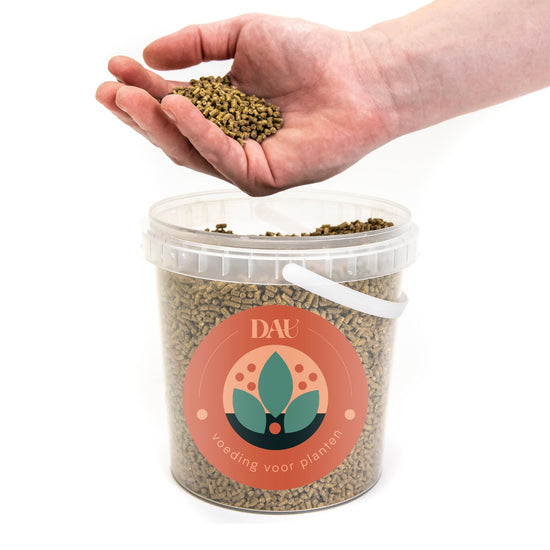 Organic houseplant food
Organic houseplant food- Normal price
-
€16,99 - Discount price
-
€16,99
Quick view
-
Organic potting soil - 5 liters
 Organic potting soil - 5 liters
Organic potting soil - 5 liters- Normal price
-
€3,99 - Discount price
-
€3,99
Quick view
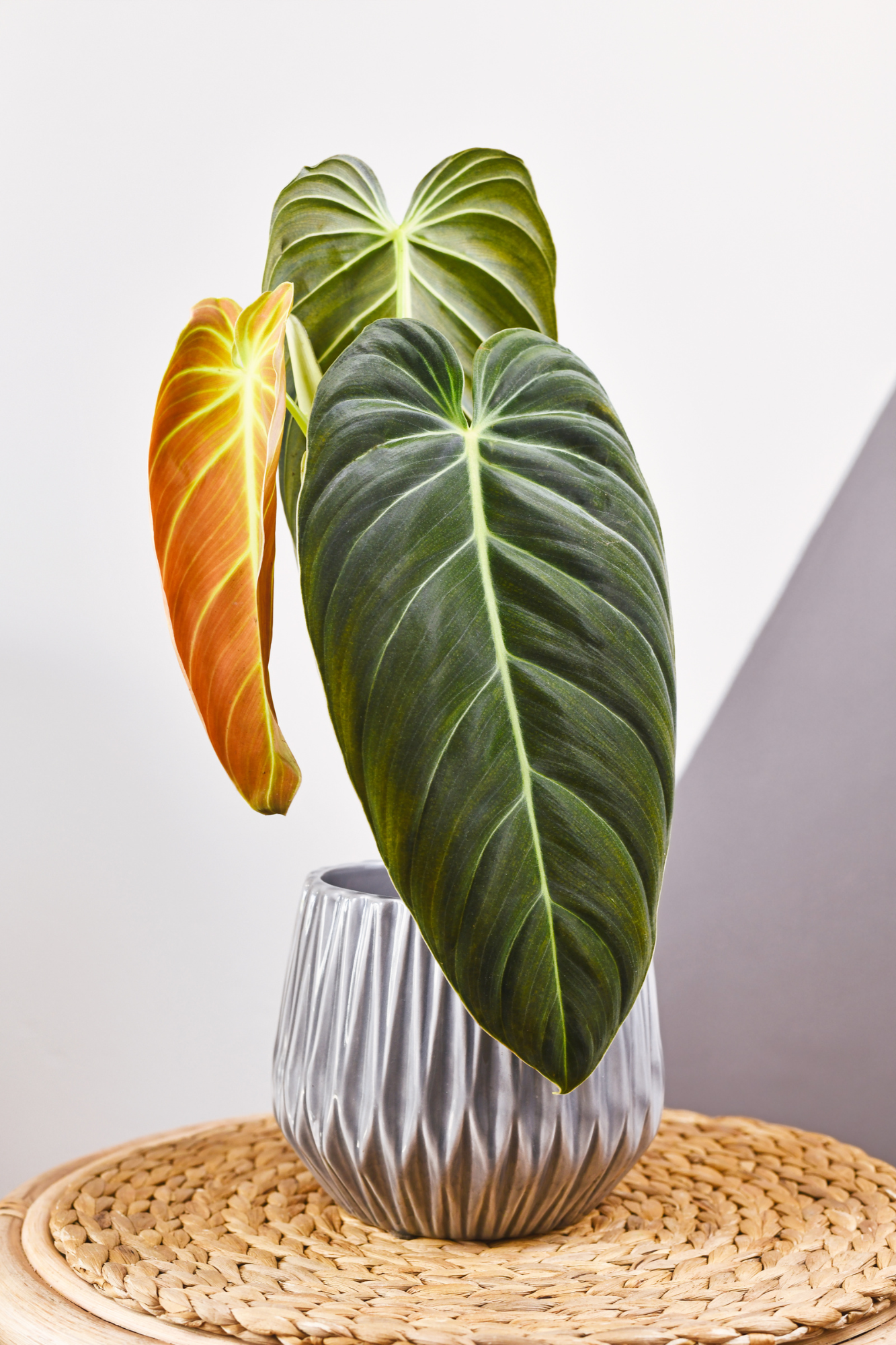
Feed Philodendron
During spring and summer the Philodendron grows and needs extra nutrition . The plant is dormant in the autumn and winter months . Then you should absolutely not feed him.
It is best to give your Philodendron organic houseplant food when you see that it is growing and therefore producing new leaves.
Philodendron cuttings
Your Philodendron has the most energy in the spring . That is the ideal time to take cuttings of the plant because the chance of success is then very high. If your plant has a node , it is best to cut the cutting a few centimeters below the node . Do you have very long stems? Then you can cut them into several pieces (each with 1 or 2 nodes) and make a whole new plant. Each piece becomes a new stem
For a Philodendron without an air root, cut the desired length with knots . Make sure there are plenty of leaves on the stem. This increases the chance of a successful cutting.
Place the cuttings in a glass of water or fresh potting soil and, like your Philodendron, place them in a spot with plenty of shade and limited sunlight .

Pruning Philodendron
Climbing Philodendrons are kept in nice shape with a moss stick or mesh rack . The plant will tie itself with its aerial roots. You can also leave them hanging. Then your Philodendron becomes a hanging plant.
You can simply cut off shoots that are too long with scissors.
Repotting Philodendron
Just like with cuttings, it is best to repot the Philodendron in the spring . Choose a pot that is at least 20% larger than the original pot. You use organic potting soil for this.
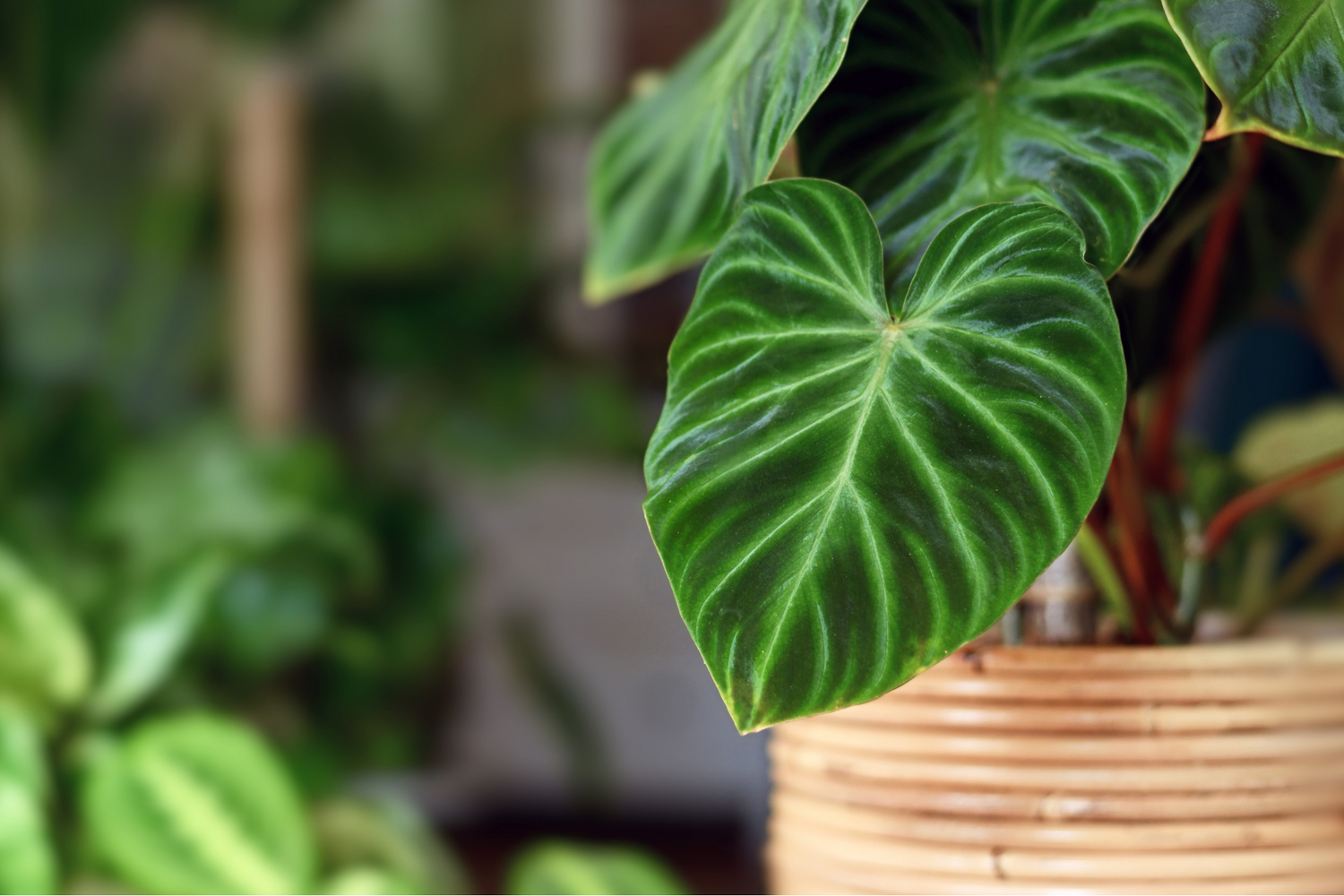
Typical Philodendron problems
A Philodendron does not suffer much from pests because the plant often has thick leaves. Is your plant suffering from pests? Then remove it as quickly as possible with a damp cloth and treat the plant with biological pest control. First try to solve the problem with some water, soap and a drizzle of oil on a cloth.
What does occur with a Philodendron are discolored leaves. These are often older leaves that are shed to make room for new ones. So this is completely normal. You can cut them away or you can wait until they lose weight.
Does your Philodendron suffer from brown or yellow leaf edges? Then you are probably giving it too much water.
Is a Philodendron Poisonous to Pets?
Yes, a Philodendron is poisonous to pets. Has your cat or dog eaten a piece? Then it is best to contact your vet.
Houseplants | Small houseplants | Medium sized houseplants | Large houseplants | Bedroom plants | Bathroom plants | Houseplants for kitchen
Our most popular houseplants!
-
Maranta leuconeura 'Tricolor' | Prayer plant
 Maranta leuconeura 'Tricolor' | Prayer plant
Maranta leuconeura 'Tricolor' | Prayer plant- Normal price
-
€8,99 - Discount price
-
€8,99
Quick view
-
Alocasia reginula 'Black Velvet' | Elephant ear
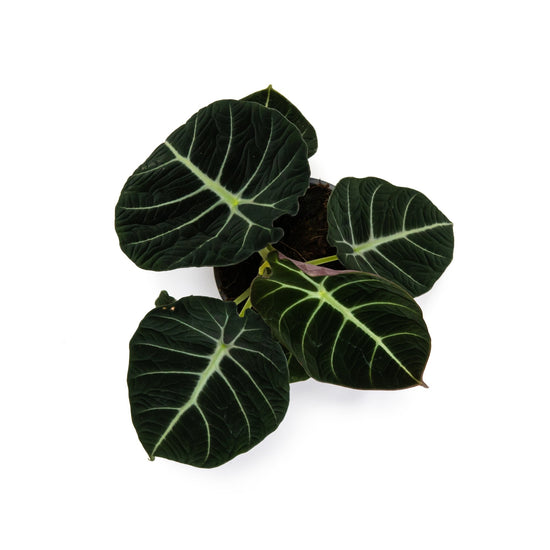 Alocasia reginula 'Black Velvet' | Elephant ear
Alocasia reginula 'Black Velvet' | Elephant ear- Normal price
-
€11,19 - Normal price
-
€13,99 - Discount price
-
€11,19
Quick view
-
Peperomia argyreia | Watermelon Peperomia
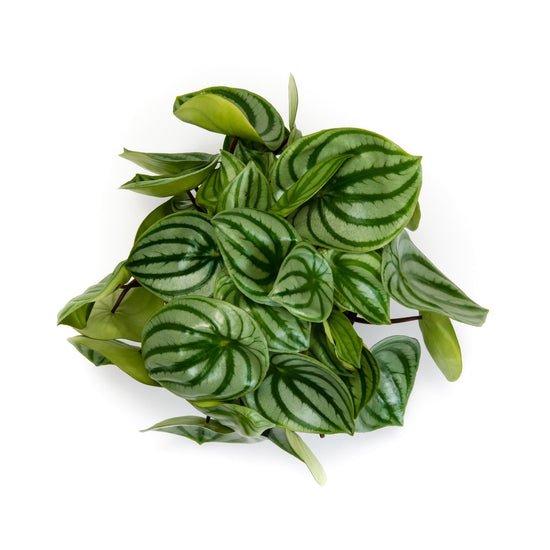 Peperomia argyreia | Watermelon Peperomia
Peperomia argyreia | Watermelon Peperomia- Normal price
-
€12,99 - Discount price
-
€12,99
Quick view
-
Zamioculcas zamiifolia | ZZ plant
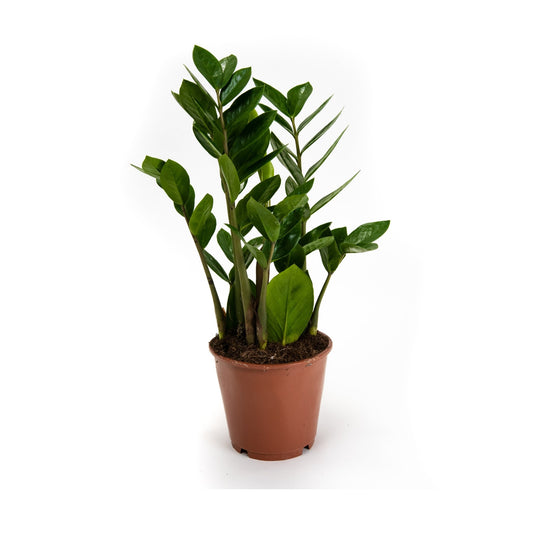 Zamioculcas zamiifolia | ZZ plant
Zamioculcas zamiifolia | ZZ plant- Normal price
-
€13,99 - Discount price
-
€13,99
Quick view







